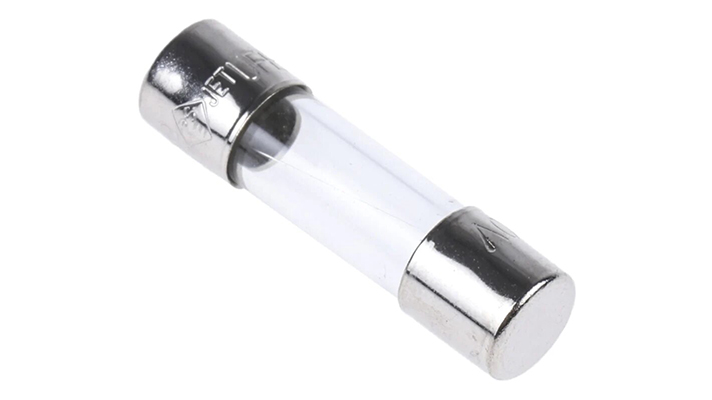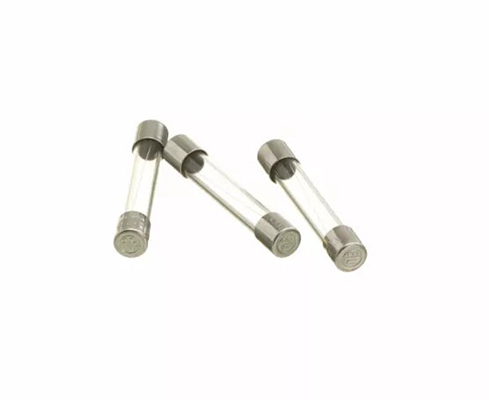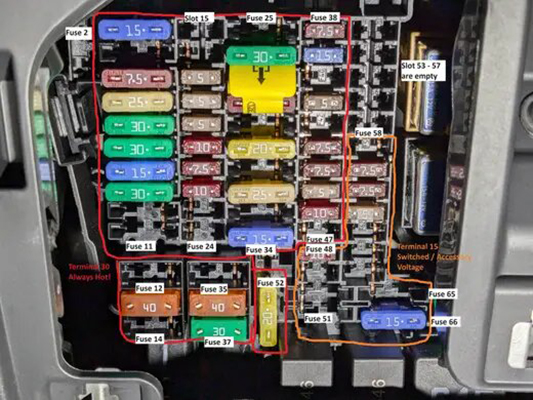Glass Fuses in Automotive Starter Circuit Safeguarding
News 2025-10-27
Glass fuses are vital in automotive electrical systems, particularly for protecting car starters from overcurrent events. These devices interrupt excessive current flow, preventing damage to the starter motor and associated components. By melting a thin wire element, glass fuses ensure that high inrush currents during engine cranking do not cause overheating or fires. Their role enhances vehicle reliability and safety, making them a standard in many automotive designs.

Application Scenarios
Glass fuses are widely applied in starter circuits due to their compact form and ability to handle peak currents. In typical setups, they protect against short circuits during cold starts or when the battery is low. Beyond starters, they safeguard lighting, wiper systems, and other accessories, providing consistent protection in diverse driving environments like urban traffic or harsh weather conditions.
Performance Advantages
Glass fuses excel with fast response times, breaking circuits in milliseconds to limit damage from surges. Their transparent design allows quick visual checks for faults, aiding diagnostics. Additionally, they offer precise current ratings and cost efficiency, ideal for space-constrained automotive applications where weight reduction and reliability are critical for long-term performance.
1. What is the typical lifespan of a glass fuse in a car?
It depends on usage but generally lasts several years, failing only under overcurrent conditions.
2. How do I select the right glass fuse for my car starter?
Choose based on the vehicle’s manual specifications for current rating and voltage to ensure proper protection.
3. Are glass fuses recyclable?
Yes, the glass and metal components can often be recycled, promoting environmentally friendly disposal.


